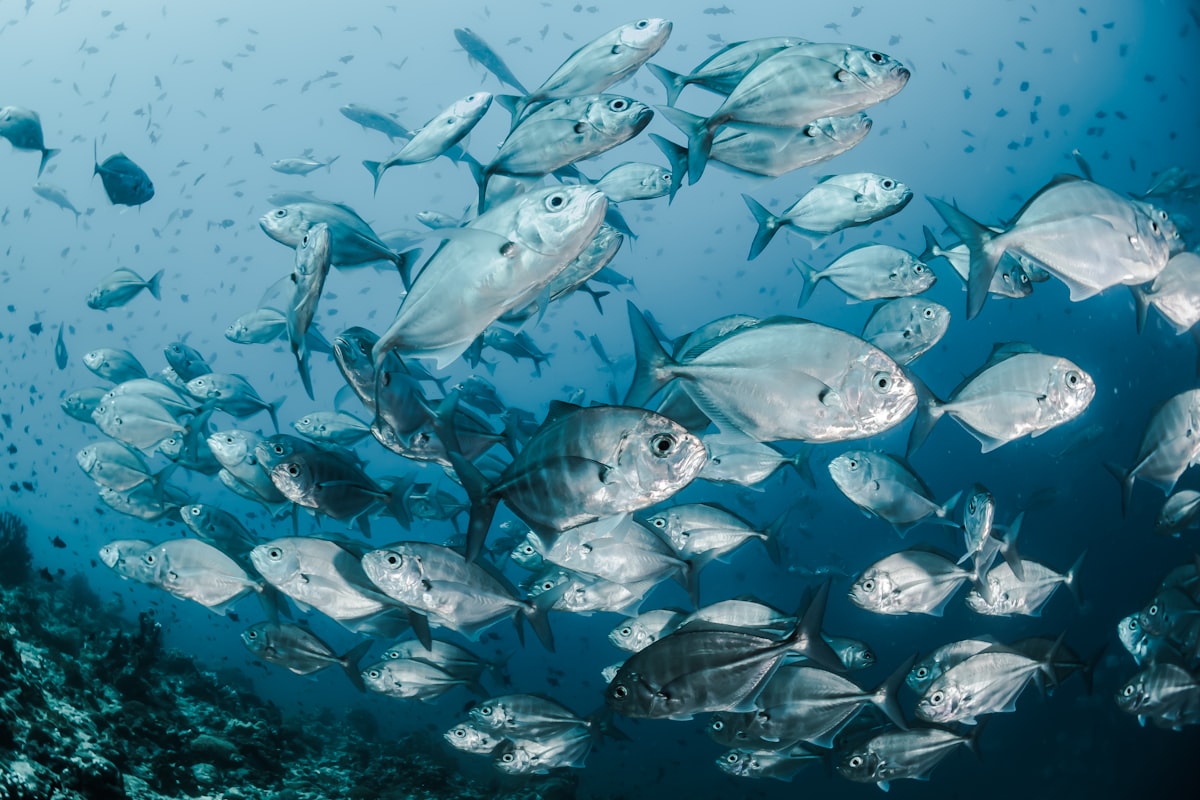Marine meadows, among Mexico's forest wealth
Mexico's forest wealth extends beyond the continental massif and under the sea in marine meadows, which could have a promising future.

Mexico's forest wealth exceeds the limits of the continental massif and extends under the sea in marine meadows, ecosystems that are not only among the most threatened on the planet but also among the most ignored. However, they could have a promising future because of their enormous capacity to absorb carbon, a powerful greenhouse gas that contributes to global warming and ocean acidification.
These underwater flowering plants form dense meadows in shallow areas along the coasts. Their long, narrow, green leaves are temporary and permanent habitat for a variety of fish, turtles, starfish, shrimp, cucumbers, anemones, epiphytic seaweed, crabs, sea urchins, and snails, and form the basis of food webs in other estuarine and coastal environments such as manatees, turtles, and collared geese.
Of the 12 genera of marine meadows that exist in the world, Mexico has 6. Of 49 species, the country has 9, such as turtle and manatee grasses and star grass. There are 19 priority sites of marine meadows for their restoration and conformation, among them 16 natural protected areas, namely:
Veracruz National Reef System and Los Tuxtlas Biosphere Reserve (Veracruz); Cozumel Reefs and Xcalak Reefs National Parks, and the Banco Chinchorro and Sian Ka'an Biosphere Reserves (Quintana Roo); Los Petenes (Campeche), Ría Celestún and Ría Lagartos (Yucatán), Guadalupe Island (Baja California) and El Vizcaíno and Ojo de Liebre Lagoon Complex (Baja California Sur).
The environmental services provided by these ecosystems are of enormous relevance: they reduce the impact of waves by slowing down currents; they increase sedimentation, produce oxygen, and cleanse seas and oceans by absorbing polluting nutrients that travel from land to sea; their roots and rhizomes stabilize the seafloor substrate, and also prevent coastal erosion.
But the most relevant function of the marine meadows is to capture 10% of the carbon stored in the oceans, so it is called "blue carbon" because even though they only occupy 0.2% of the world's seabed, they retain carbon from the atmosphere up to 35 times faster than tropical forests.
However, these underwater prairies are disappearing from the coasts of Mexico as a result of deforestation and land-use change in the upper parts of the basins, causing a very large amount of organic matter and suspended sediment that increases water turbidity and reduces the development of pastures. But other causes are added. In the last 17 years, Mexico has lost more than 100,000 hectares of marine meadows due to climate change.
Hundreds of thousands of hectares of marine meadows have been extinguished in the country, 35% of which are concentrated in the Yucatan Peninsula, and this loss is due to the massive arrival of sargassum to the Mexican Caribbean since 2015 because when the macro-algae decomposes, it generates leachates, which reduce oxygen, change the chemical composition of the sea and dye the water with the brown matter, preventing the entry of sunlight.
Marine Pollution Bulletin, quoted by portal ambiental.com.mx evaluated four sites: Nizuc, Xcalak, Xahuayxol, and Puerto Morelos, in Quintana Roo, and determined that in the latter, after one year of the arrival of sargassum, 5 thousand 700 m2 of marine meadows had been lost. This represents the release of blue carbon stored for hundreds of years because when those grasslands died they stopped being sequestrators and became carbon dioxide emitters.
Much smaller than forests, carbon sinks, among which marine meadows stand out, sequester carbon at a faster rate and can keep it trapped for millions of years, according to the United States National Oceanic and Atmospheric Administration, cited by the Aquae Foundation.
The Intergovernmental Panel on Climate Change points out that mangroves, marshes, and seagrasses can store up to 1,000 tons of carbon per hectare, much more than most terrestrial ecosystems.
So far only 10 of the 159 countries that have marine meadows in the world have included them in their commitments to comply with the Paris Agreement to mitigate and adapt to climate change. Although the world does not have the long-term experience in marine reforestation, unlike many centuries of forest experience on land, it is better to conserve what we already have, whenever possible.




